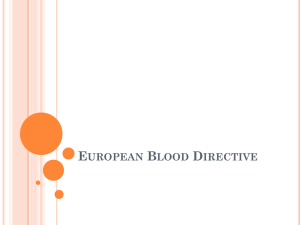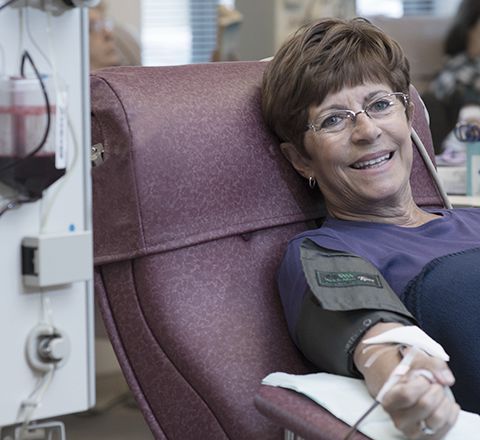Stkhldr mtg
On October 28, 2019 the European Commission organized a stakeholders meeting to discuss issues related to the potential revision of the European Blood Directive.

One of the key messages was that Europe needs to do more when it comes to plasma collection. In that context it is interesting to see what some of the arguments were from representatives from the public sector.
The private sector collection industry has shown for years that more plasma can be collected in Europe, however its activities are limited to Austria, Germany, Hungary and the Czech Republic. Only in these countries, donors can be compensated for their time and efforts. In other countries plasma collection is done by the public sector who will sell the collected plasma to manufacturers.

The plasma collected by the public sector is mostly recovered plasma (when blood donations cannot be used for transfusion purposes anymore) and in limited volumes plasma collected through plasmapheresis. The volumes recovered plasma are declining because blood donations are declining for many years. As a result of that the revenue generated by selling the plasma is reduced and alternatives for the lost revenue generation need to be found.
Now, instead of focusing on what can be done to collect more plasma, some feel the need to use all kind of excuses or blame others are such as:
- The problems started when Plasma protein therapies became a medicinal product
- Crowding out phenomena (or not)
- If there is a new emerging pathogen in the USA, we have a real problem
- Plasma imported from the USA is cheaper than plasma collected in Europe
- Governments should mandate that certain volume need to be European
- Belgium is able collect 5% more plasma per year
Let me make a few comments on these points:
- It was a good thing that it was decided that these therapies became a medicinal product because it increased the standards to ensure the manufacture of safe therapies
- There is no data that would support the sentiments that plasma collection centers attract blood donors.
- A new emerging pathogen in Europe can be a problem. There is no difference.
- It makes a difference when plasma is collected in large centers with multiple donor beds (70 or more) compared to small size centers (12-16). The volume of plasma collected in the USA is more than times as such as what is collected
- Really?
- I applaud any effort to increase collection. 5% is a good start but by far not enough to meet the growing clinical need of plasma protein therapies.
It would be good if everybody can agree on what needs to be done to increase plasma collection without blaming others who have done this successfully.

Jan M Bult
December 2019